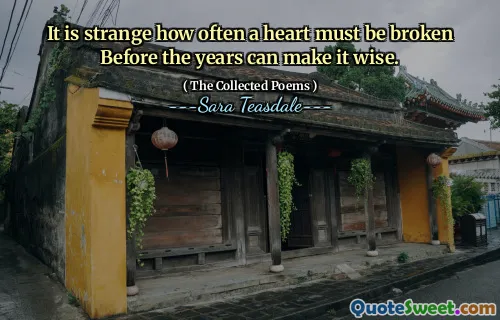I am terrified by this dark thingThat sleeps in me;All day I feel its soft, feathery turnings, its malignity.Clouds pass and disperse.Are those the faces of love, those pale irretrievables?Is it for such I agitate my heart?I am incapable of more knowledge.What is this, this faceSo murderous in its strangle of branches? -Its snaky acids kiss.It petrifies the will. These are the isolate, slow faultsThat kill, that kill, that kill.From the poem "Elm", 19 April 1962
The poem "Elm" by Sylvia Plath explores the speaker's inner turmoil and fear of a dark force residing within her. This unsettling presence is described with delicate imagery, indicating a sense of dread and discomfort. The speaker feels its weight throughout the day, questioning whether fleeting moments of love are worth the emotional struggle, suggesting a deeper existential crisis that leaves her feeling helpless.
As the poem unfolds, the speaker grapples with the overwhelming nature of her fears and insecurities, portrayed through vivid, menacing imagery. The force is likened to a strangling entity that paralyzes her will and leads to destruction, highlighting the internal battles that haunt her. Plath's powerful language captures the relentless nature of these underlying issues, illustrating how they ultimately consume the speaker and contribute to a sense of desolation.






